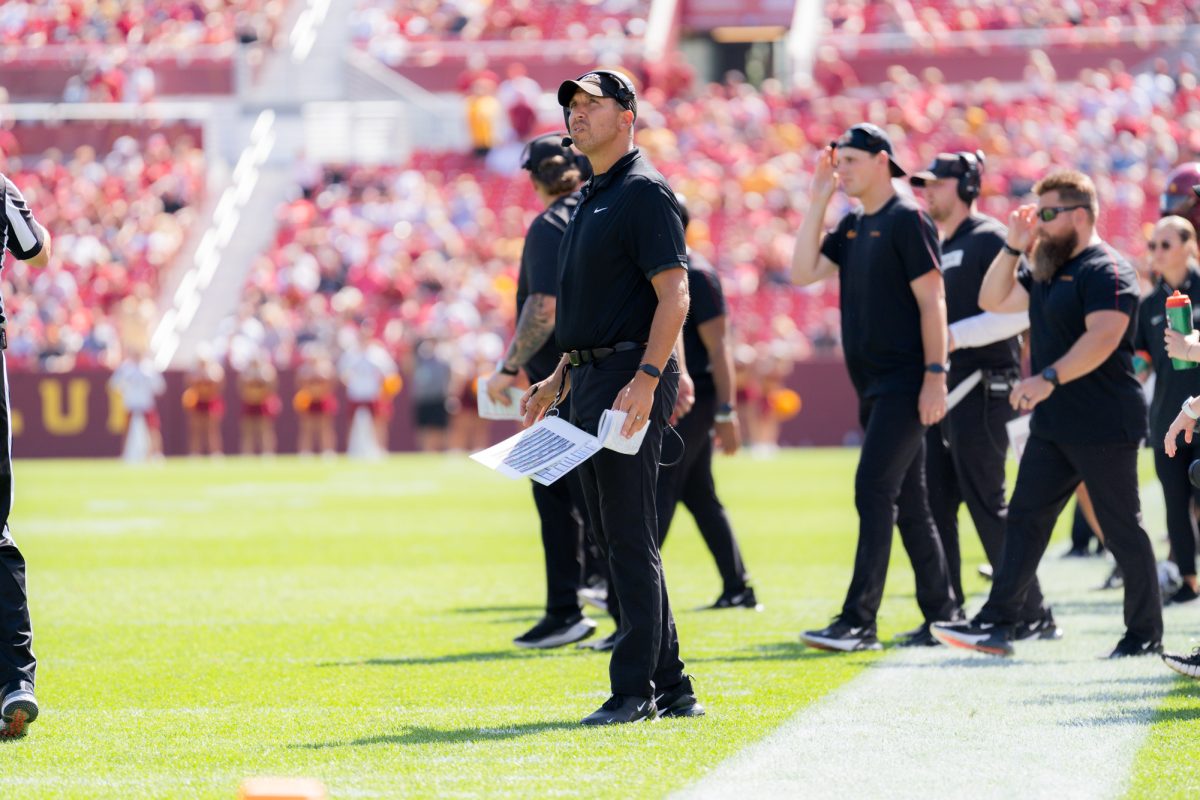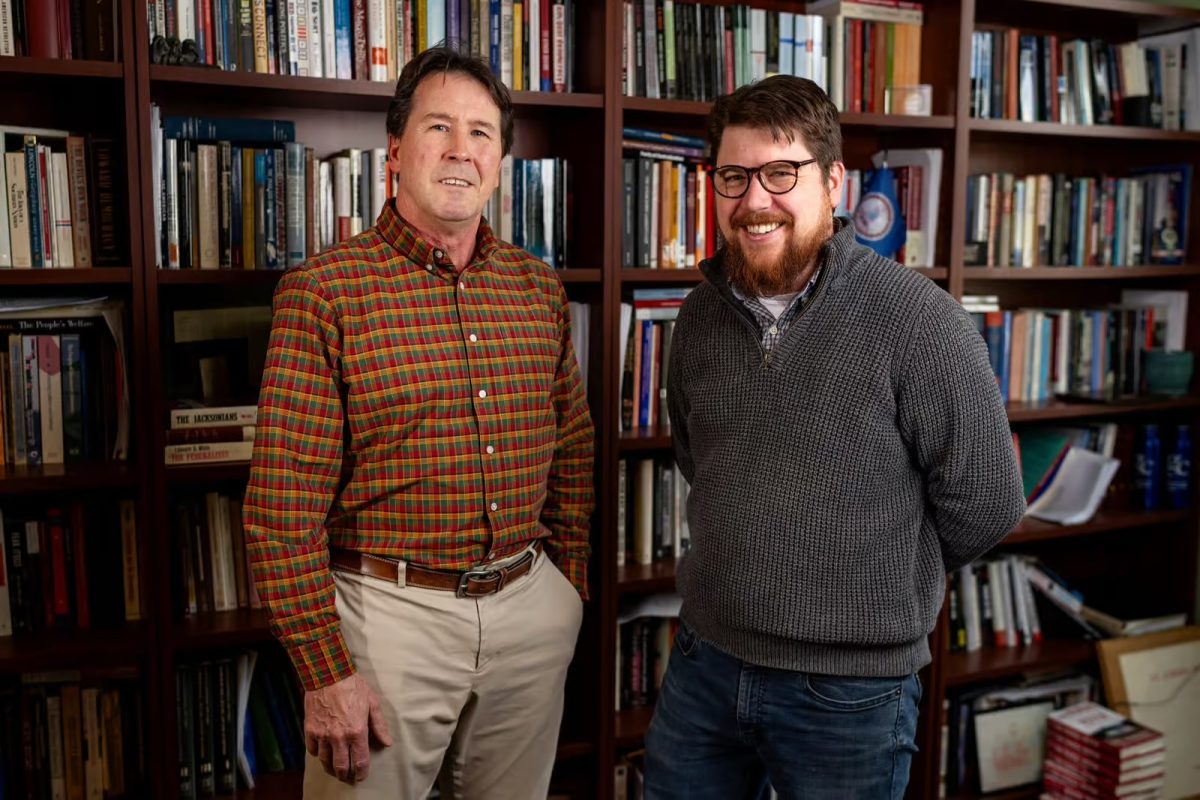Budget cuts alarm LAS, engineering college reps
April 24, 2000
Editor’s note: This is the first in a four-part series examining how budget cuts may affect some major areas of the ISU budget. This article will focus on the Liberal Arts and Sciences and Engineering colleges.
With state education appropriation cuts looming next year, administrators in the Colleges of Liberal Arts and Sciences and Engineering said there is little room in their budgets for cuts, although they must quickly prepare for the worst.
ISU administrators have reported that if the Iowa House’s budget is approved, the university could see a cut of almost $11 million dollars from its funding request in the 2001 fiscal year.
LAS Dean Peter Rabideau said even a 2 percent cut would cause problems for his college because that money would likely come from the 5 percent allotted for supplies and services.
“It’s a big amount of our flexible dollars,” he said.
He said supplies and services include almost everything that is not salaries or benefits, including copy machines, copy paper, software and travel expenses.
Rabideau said right now, the college is still in the process of hiring faculty to fill the 50 vacancies created this year.
“[That] obviously has an impact on our budget,” he said.
Ellen Reints, business manager for the College of Engineering, said the costs of items and services increases from year to year, but the state funding never increases.
“Each year, we get money to increase salaries, but we don’t get money to increase our operating base,” she said.
She said the continued rate of funding actually ends up cutting the budget every year.
“What’s happening with the ISU budget is it seems like the state Legislature is piece-mealing and taking money away from what our budget is,” she said.
In the College of Engineering’s budget, one portion of supplies and funds is nearly $182,000.
“We use those funds for recruitment of high-quality, domestic graduate students,” Reints said. “It’s for our research and graduate initiatives.”
Another line item in the college’s budget allocates more than $630,000 to a vitality fund. Reints said money is used for undergraduate scholarships and initiatives.
“It’s the dean’s discretionary fund,” she said. “It’s something that keeps our college strong in supporting initiatives.”
Reints said another chunk out of the budget comes from visiting faculty salaries. This falls under supplemental appointments.
“Visiting faculty are not ever put in the budget as a line item, so we put them in the supplemental faculty,” she said.
The College of Liberal Arts and Sciences hasn’t planned for budget cuts, Rabideau said.
“We really haven’t gone through with any definite plans on where cuts would be,” he said.
Rabideau said he is concerned because so much of the budget, sometimes up to 95 percent, goes toward salaries and benefits.
“That doesn’t leave much flexibility in the dollars left over,” he said.
Dave Holger, associate dean of the College of Engineering, said there aren’t many areas in the College of Engineering’s budget that would be easy to cut, either.
“The part that’s probably hard for the general public to understand is there’s a part of the budget that’s called current expense, and that’s what used to pay for telephones, supplies, the general cost of doing business,” he said. “You don’t really have the option of saying, ‘We’re not going to have telephones.'”
About 97 percent of the budget goes toward faculty salaries and benefits, a difficult area from which to cut, Holger said.
“If 97 percent of your budget is in salaries, a 2 or 3 percent budget cut isn’t a small cut; it’s a really large cut of what you can do something about,” he said. “It’s about 30 or 40 or 50 percent of what you can cut.”
Holger said one possible repercussion would find more faculty searching independently for research dollars.
“We’ll be asking faculty to become even more active in seeking external funding for some of their activities,” he said.
The budget crunch should spark an interesting discussion about the cost of quality education, Holger said.
“I would like to see the debate be at a philosophical level — not about cutting a lot of slop out — but whether we want students to pay more of the price of education, or don’t we,” he said.
Peter Orazem, associate dean for budget, personnel and research in the College of Liberal Arts and Sciences, said a budget cut will also cause problems because of the expected increase of 324 freshmen next year.
“That means we have to be able to expand course offerings for those students,” he said. “I don’t know what we’d do with more students and fewer resources. We can’t add more students to fewer classes.”
Orazem said there will actually be problems if there is not an increase in the budget for next year.
“Just the increase in the students is going to make some considerable problems if we don’t have some expansion in the budget,” he said.
Holger said he thinks the general public looks at Iowa State’s budget the wrong way.
“A lot of people think there’s a big budget up there so you can take a cut out of it,” he said. “I think that’s taking the easy way out.”
The faculty’s other activities, such as research and development, are what make Iowa State a top-notch school, Holger said.
“I think there’s sometimes a feeling that a university like Iowa State is a place that focuses only on teaching students, and there are some places like that that aren’t bad places,” he said. “But I think what makes Iowa State a good place for students is that we do the other things, also.”






